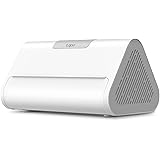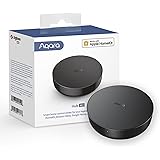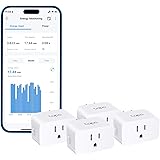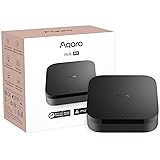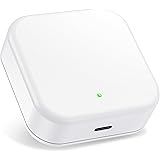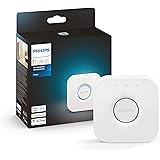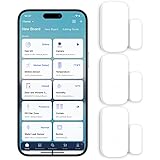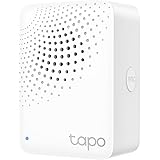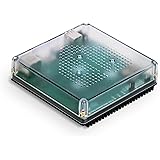
Home automation controller hardware can include a central hub or control system, sensors (motion, door open/close, light, temperature, humidity), and actuators that do something when a sensor is triggered such as turning on a light, switching off the TV, opening the blinds. There are also several different home automation software platforms that can be used with the various sensors and actuators to create a customized experience for consumers. Most systems use a combination of wired and wireless technologies to communicate with the sensors, nodes and the home automation control center.
Some of the home automation system software programs are based on home server computer hardware, while others are cloud based and connect to an internet service provider over a secure connection. The home automation control center can also be connected to a smart energy monitoring system to allow the consumer to track their electricity consumption and costs.
The home automation controller hardware can be powered with solar energy to reduce the environmental impact of a smart home. This is especially important when a smart home has multiple smart appliances that are all drawing on the same electrical grid for power and may cause a disruption to the local electricity distribution system.
A home automation system can be set up to work with any device that can be controlled using a standard remote, smartphone or tablet. It can also be integrated with a security system to monitor the premises. There are many types of smart devices on the market, including Smart TVs, washing machines, refrigerators and thermostats. Some are very innovative and offer features that are not available on other devices.
Manufacturers have developed a variety of ways to make smart devices part of an automated system, but most have not worked well together because each manufacturer has their own idea of how the devices should be integrated. Home automation controls are a step forward in making these devices compatible with each other and to make them accessible to all consumers regardless of their budget.
The best way to get started with a smart home is to purchase one of the hubs that are available. These are usually plug-and-play with a simple set up process. Most of the controllers have built-in Wi-Fi, Ethernet and a battery back-up to provide an alternative communications pathway when there is an outage or other problem.
The Staples Connect hub is an excellent choice for a smart home with top of the line protocol support, easy to install and no monthly fees. It can be used with any device that uses the Zigbee or Z-Wave protocols. Another great option is the Samsung SmartThings system that offers wide device and protocol compatibility, a great app and user community that contributes to integrations. There are other open source systems that consumers can look at as well, such as Calaos and Domoticz.
